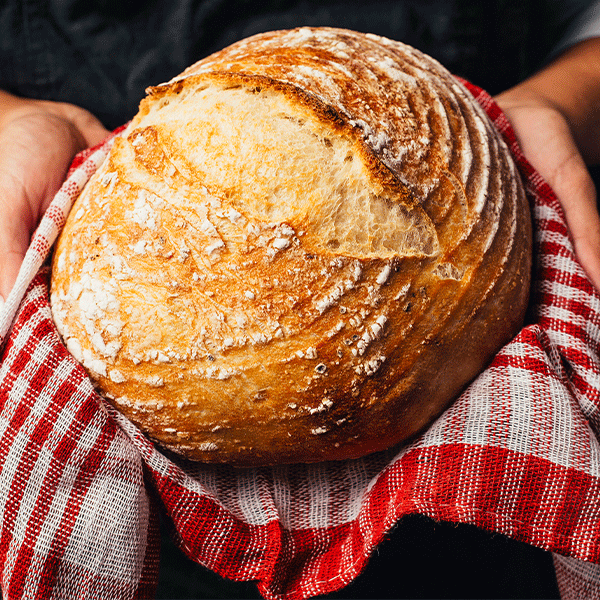The Ultimate Website Checklist for Parishes with Schools
Is there a school connected to your parish? If so, you understand the unique challenges that come with coordinating a parish and a school web presence simultaneously. Our parish website design team works with churches all over the country to create impactful website designs and we've learned a few things along the way so, we put together an essentials checklist to help you stay on top of it all, including some links to tools that will save you time and energy.
Essential Catholic Parish and School Website Checklist
1. Don't try to fit two sites into one.
Although the parish and the school are ministries of the same church community, it is much more user-friendly to have a separate website for each. The sites can have links to easily navigate to each other, but there is too much content for both your church and school to squeeze onto one website. Many successful parish/school combos have used a landing page for their combined web presence that offers visitors an option to visit the parish website or the school website. This is a great option because it showcases both to every visitor you have, but keeps the information packaged in more tidy way.

2. Coordinate your websites with some familiar styles, colors, and features.
Your parish and school branding should have some elements in common. Granted, the logo for each may be different but, using similar colors and/or fonts between the two websites goes a long way toward creating unity between the different ministries. Having an intentionally created master brand book or brand guidelines that both the school and the church use is a super useful tool to keep all of your parish, school, and church communications looking professional and recognizable.
3. Use the same organizational system on both sites.
This way, people who must navigate between both sites already know where to look on each homepage for a main menu, contact information, a calendar, and more. Keeping the sites organized in a similar way will also make it easier for those updating and maintaining the sites to keep everything organized. The sites might have different information plugged into each navigational system but keeping everything in generally the same place contributes to maintaining a consistency to your community’s brand identity.
4. Make sure staff contact information is accessible on both sites.
People may accidentally end up on your parish contact page looking for a way to reach the school and vice-versa. You can save your staff some time directing calls to the opposite office by including basic contact information for the school on the church’s contact page and for the church on the school’s.
5. Keep the sites updated.
We know, we know, it should go without saying but, it never hurts to have a reminder. Keeping event information, any office hours, and staff member changes up to date goes a long way toward keeping your church and school’s online presence friendly and convenient to those visiting it.
6. Use vibrant and engaging imagery.
You’ve spent all of this time following the above steps to make your church and school websites as professional as possible so don’t be tempted to skimp on beautiful imagery to compliment your content. Here are a few time-saving tools to be sure your website graphics are as vibrant as your church and school communities.
- WeCreate —
You can save a ton of time by using a tool like
WeCreate that already has parish and school graphics and stock photography created for you, ready to be used however you desire. You could also use our
guide to parish photography to lift up the gifts of the photographers in your midst.
- The Parishes Online bulletin widget — If your parish is an LPi partner, you already have access to
a widget that will automatically publish your current bulletin to your website.
- Automatically updated sections — WeConnect, our web builder for parishes and schools, comes with pre-built sections featuring weekly content like the saint of the week, and Gospel verse and illustration, which update automatically. Get new professionally curated content published to your sites weekly without lifting a finger!
We sincerely hope this parish and school website checklist helps you build the perfect web presence for your community.
If you get stuck, or simply want someone else to do the designing for you, check out some of the before and after images of sites that our designers have created. Let’s work together to make your parish and school website dreams come true!
For more church website inspiration, visit the "Web and Social Media" section of our blog!
Updated on 03-18-2024





